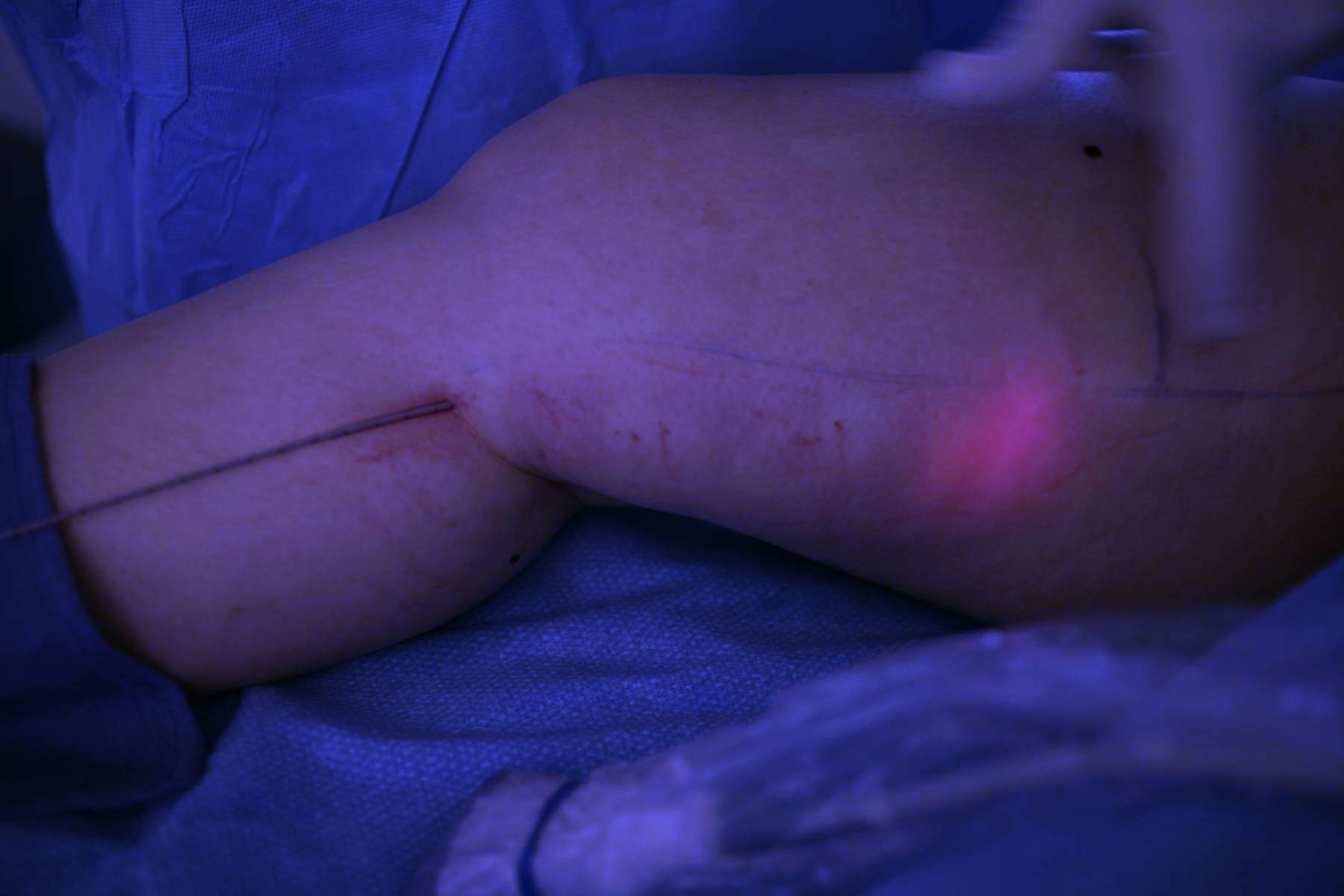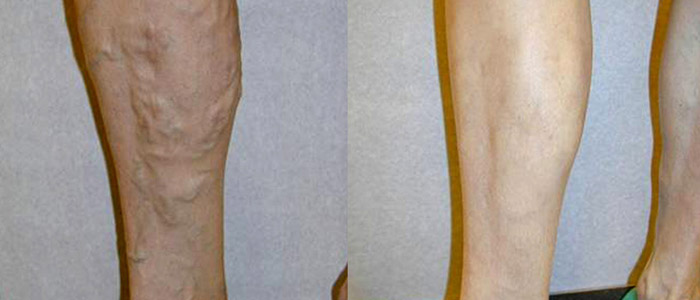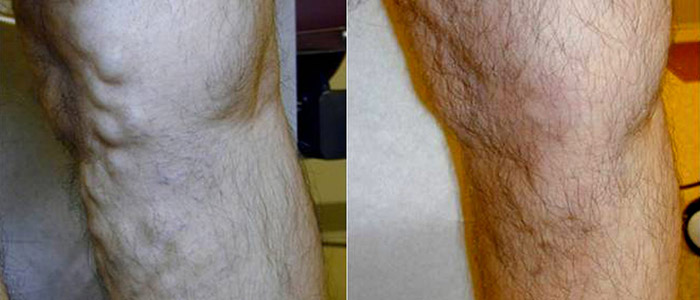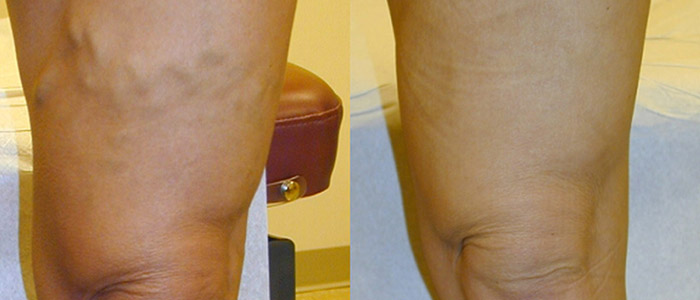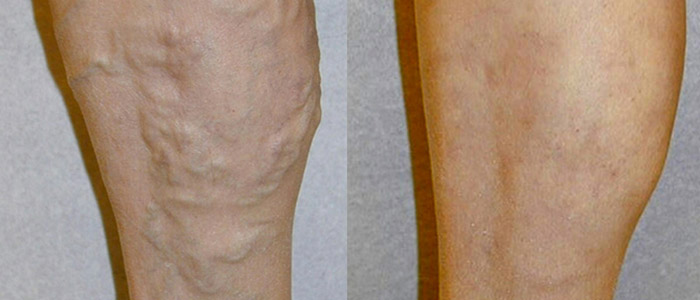The Latest Insights on Varicose Vein Treatment in NJ
If you ask your mother about what treatments were available for varicose veins when she was your age, you may find the results distressing. Varicose vein treatment in NJ has come a long way over the past few decades. Read on for information on the ways modern vein treatment differs from more antiquated methods.
What options for vein removal in NJ were available in the past?
Historically, varicose veins were often removed through a procedure known as vein stripping. This treatment was just as uncomfortable as the name makes it sound. Patients needed general anesthesia or a significant amount of local anesthetic. Several incisions would be made along the leg through which the problematic vein would be removed. Scarring was not uncommon, leaving patients with less than desirable aesthetic results. Finally, an overnight hospital stay was usually required, often followed by a lengthy recovery period.
Today’s vein treatment options
While vein stripping is still in use today, its popularity is quickly waning. Most vein doctors (including Dr. Lowell S. Kabnick who has helped to advance these procedures) prefer to utilize less invasive methods. Today’s technology allows for minimally invasive forms of vein treatment that do not result in the discomfort or hassle of vein stripping. There are several different procedures that vein doctors rely upon. Depending on your situation, one may be more appropriate than the others.
- Sclerotherapy: Sclerotherapy is a popular method of spider vein treatment in NJ. It is usually most effective in treating spider veins and small varicosities that lie near the surface of the leg. The procedure involves using a very small needle to inject a pharmaceutical agent into the vein. The agent painlessly irritates the vein wall, causing it to seal shut. Blood will automatically reroute to healthier veins while the diseased vessel will slowly disappear over time.
- Endovenous Laser Treatment and Radio-Frequency Ablation: The theory behind endovenous laser treatment and radio-frequency ablation is similar. A very thin catheter is inserted into a problematic vein. Once in place, heat (endovenous laser treatment) or radiofrequency energy (radio-frequency ablation) is applied to the vein wall. The vein seals shut and blood redirects itself to healthy vessels. As a result, swelling is reduced and patients enjoy improved aesthetics.
- Ambulatory Phlebectomy: Ambulatory phlebectomy is a minimally-invasive method often used to remove varicose veins after the vessel has been closed through endovenous laser treatment or radio-frequency ablation. Several very small punctures are made along the vein, then a hook is used to grasp and remove the vessel. Because the punctures are so small, the scars left from this procedure are nearly imperceptible.
Individualized treatment
Vein disease diagnostic procedures have progressed alongside treatment options, allowing for a precise and accurate understanding of each patient’s condition. One of the hallmarks of Dr. Kabnick’s attitude towards vein treatment is an individualized approach. No matter how advanced a treatment is, he will not recommend it unless he is sure that it is best suited to your situation. Our NJ vein center is dedicated to providing you with the information and guidance you need to get the most out of what today’s vein treatment options have to offer. If you are interested in consulting with Dr. Kabnick, we encourage you to give our office a call at 973-538-2000.

